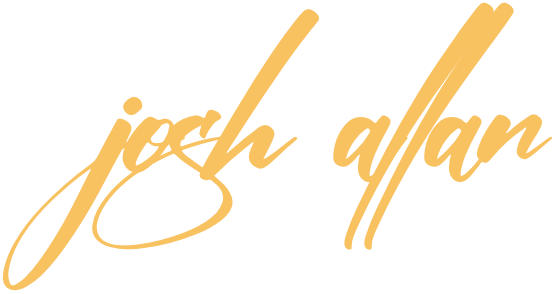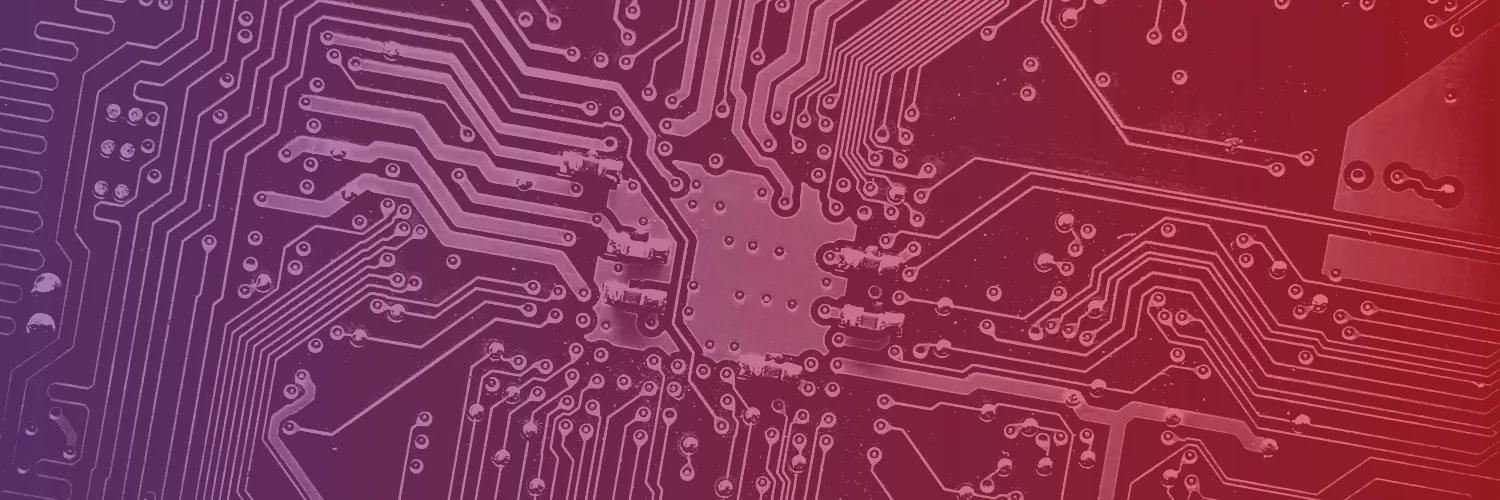Culture is complex.
By its very definition, “culture” is almost unreasonably complicated. Read just a few lines in a dictionary, and you’ll quickly trip over phrases like “manifestations of human achievement regarded collectively.”
Oof. Like I said, complex.
These days, leaders want to understand the impact of culture on their organizations, and it’s become even more popular since the pandemic. Overall, this is a very good thing, of course. We’re moving beyond seeing statements like “culture eats strategy for breakfast” as platitudes and moving toward grappling with the profound impact culture has on our organizations. But the intricate nature of “culture” itself is one of the largest obstacles to doing culture work, as its inherent complexity makes it difficult for organizational leaders to know exactly what to DO with it.
That’s why, if we truly want to understand how to understand and impact the culture of an organization, leaders ought to forget about “culture” — and focus on something else entirely.
There’s a moderately famous quote from Steve Jobs about “design” that helps us better understand culture’s problem… and the solution.
“Most people make the mistake of thinking ‘design’ is what it looks like. People think it’s this veneer — that the designers are handed this box and told, ‘Make it look good!’ That’s not what we think design is. It’s not just what it looks like and feels like. Design is how it works.”
– Steve Jobs
Culture has the same misconception as design.
In organizations, culture is often equated with “perks” — things like food trucks at lunchtime, “mandatory fun” employee events, pets in the office, jeans on Friday, great snacks in the breakroom , etc. But perks are just the veneer — it’s what we see, NOT how it works.
And company culture, properly understood, is how it works.
You’ve probably noticed this is one of the more common ways you’ll hear culture defined at work: “It’s how we do things around here.”
So, to properly get to the “how” of culture, leaders ought to think of culture using the metaphor of an operating system.
In the hands of capable leaders, this metaphor is immensely powerful, because it does 3 very tangible things:
- It helps everyone understand what culture actually is,
- It helps everyone see why most organizational changes don’t stick, and
- It helps everyone know how to make a more powerful impact.
First, the operating system metaphor helps everyone understand what culture actually is.
Most of us use multiple operating systems every day, even if we don’t realize it. An operating system, or “OS,” is that invisible thing that runs in the background on all our phones and laptops and makes them work. And even though most of us don’t give those operating systems a second thought, they are in fact dictating everything that is allowed (or not allowed) to happen on the device.
Can I install this app? Can I type this here? Can I share this file?
The OS determines it ALL.
And this is exactly what culture does for our organizations — it dictates what is allowed to happen and what is not.
Can I make this choice? Can we move this forward? Can we help this customer? What can I say to them? How much can I help them?
Just like the OS in a device, the culture of your organization is a decision-making matrix, providing the architecture and mental models people need in order to know what’s allowable and what’s out-of-bounds.
Culture = your organization’s operating system. And thinking about it in this way makes a very complex, intangible thing suddenly feel much more real and grounded.
Second, the operating system metaphor helps everyone see why most organizational changes don’t stick.
We humans like to think of ourselves in a fairly self-determined way — that is, we prefer to think we are autonomous and able to make our own choices.
But the reality is that we don’t make nearly as many choices as we think we do.
What actually happens is that we choose systems, and those systems make choices for us.
For example, let’s say you decide to go to a university for a four-year degree. That decision may be truly yours, but once you’ve chosen a school, that school’s system decides most everything else for you. It tells you when you need to wake up in the morning, how much you need to work in order to pay the school, when you will have free time, and so on.
It’s the same with our workplace operating system (culture). Despite being invisible and ignored by most, it is the very thing that makes the majority of decisions for everyone working there.
It’s “the way we do things,” after all.
And this explains why most organizational changes don’t stick, because most change initiatives are simply the equivalent of “new apps” that come and go — i.e. they get installed for a time and then eventually uninstalled when we move on to the next initiative. Most change projects never apply to the operating system itself.
But when we approach culture as our operating system, we can think of it like another piece of “technology,” and this gives us hope — because technology can be upgraded!
Third, the operating system metaphor helps everyone know how to make a more powerful impact.
Perhaps the most enlightening part of this metaphor is that it teaches us all how to make a more powerful and lasting impact: we aim to upgrade the operating system.
This is the work of true leaders, at all levels — first, to simply see the operating system that’s dictating everyone’s choices, and then to actively work on making that OS more life-giving and energizing for every human in the organization.
In principle, the framing question is a simple one: does every part of your organization’s operating system give people more energy (focus/attention/motivation) or do some parts suck the life out of people?
Having an OS that gives people energy is the clear target of the organization of the future, because it’s a powerful and tangible way to tap every benefit we want that comes from having a healthy, thriving culture.
When people have more energy for the work they’re doing, they do it better and they do it faster.
They do things more efficiently and with less waste.
They collaborate better with colleagues, and they have more resilience for challenges.
And, perhaps most importantly, they consistently give more love to customers.
This is what I call an Energy-Based Operating System (ebOS). Most of today’s organizational operating systems have to extract energy from people to make the system function, leaving people drained and exhausted — and not doing anything close to their best work. An Energy-Based OS, on the other hand, gives people energy. This uplifts everyone into a virtuous cycle, helping each person consistently and sustainably do the best work of their lives. (If you want to learn more about an ebOS, watch my TEDx.)
And at the end of the day, doesn’t this sound exactly like the kind of “culture” you want?
//
The original version of this article appeared in Culturati Magazine on Aug 9, 2019


